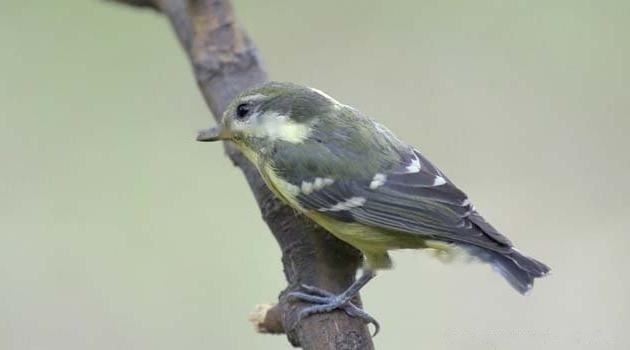The tit, with a tan crest on the head, white eyebrows and neck, light brown ear feathers, upper back The upper and upper coverts are light brown, and the muzzle and feet are black. The song is rich and varied, and the character is lively and active. It likes to move in broad-leaved and coniferous forests. The food is mainly insects and occasionally the seeds of plants. Often nests in cavities or tree cavities, and spends most of the day foraging in the woods. It mainly eats pests in agriculture and forestry, so it is welcomed by farmers and herdsmen.

Le tits are small and exquisite, with a total body length of less than ten centimeters. The color is mainly blue-blue-gray, and the male and female birds have obvious feather color difference, which is easy to distinguish. The head is blue-grey, the eyes are white first, and the sides of the base of the mouth and under the eyes are black. The throat and chest are also light blue-gray, and the shoulders, back and wings are blue or gray-brown. The flight feathers are dark gray-brown, and the tail coverts are long, often obscuring the tail. The tail feathers are relatively short and black. The mouth is dark red, as are the tarsus and feet.
Little tits like to perch in dry places, often in pairs or clusters, Especially in the dry season, huge flocks of tens of thousands of birds can often be seen near the water.
The male's call is very frequent, the voice is dull and urgent, and it is not pleasant to hear. Can make people feel irritable. When tweeting, the head and tail will be raised upwards in a u shape. In addition, their feathers are gorgeous and very attractive. Female birds rarely chirp.
Adult male and female birds often appear in pairs, tidying feathers for each other , or nodding, kissing, and often showing affection on the branches.
Tits can go without water for a long time, or they go from food Intake of water necessary for physiological activities. Drinking water looks like a pigeon sucking.
The requirements for bathing are not high, just wet the feathers slightly when bathing , and then the male and female birds will turn on their show of affection mode, grooming each other's feathers for each other.
1.Bird cage Cages for raising tits can use canary cages, oriole cages, tit cages, embroidered eye cages and metal cages, etc. They are small in size and the diameter of the cage bars is about It should be about 1 to 2 mm, and the spacing between bars is 10 to 12 mm. A perching stick can be placed in the cage, with a diameter of about 10-11.0 mm. You can use boxwood, wolfberry stems, jujube branches, wisteria, wild mulberry branches, and wolfberry branches.
2. Feeding The usual feeding of Le tits is mainly with shelled millet, or barnyard, millet and millet Mixed feeding. Egg whites and millets are needed for both parent and young birds during the breeding season. And also add fresh green leaves and fruits, mineral feed is also needed, like cuttlefish bones or shell powder and gravel can be used as their food.
3. Nursing Le tits love to bathe, and the temperature of the bath water is kept at about 30 degrees Celsius. Except during the brooding period, the preparation tank in the cage should be supplied with sufficient bath water. At the same time, Jinshan pearls are very afraid of cold, and the temperature should be raised in winter, and the room temperature is best kept at about 15 ℃.
4. Breeding Le tits are sexually mature when they are three or four months old and can reproduce. After the male and female are paired, when the parent birds often come and go in and out of the breeding nest, it means that the female bird is about to lay eggs, and it will start to lay eggs after two weeks. incubation. If you find that the bird stays in the nest all the time, it means that the hatching has begun. At this time, the male and female parent birds will hatch in turn. The incubation period is as long as 14 days. The water in the sink should be reduced to avoid the parent birds taking a bath.
![[Dog Training 5] The training method of pet dog dining etiquette](/static/img/12192/12192_1.jpg)




